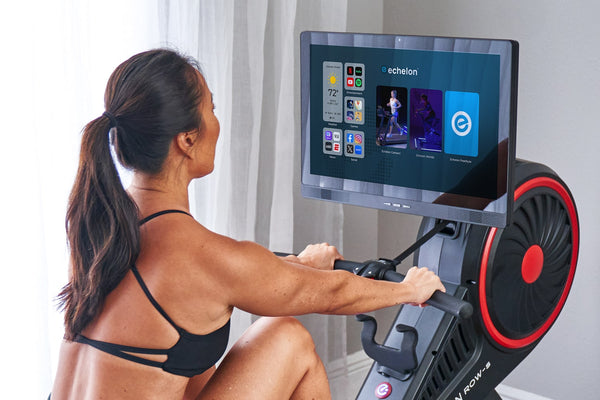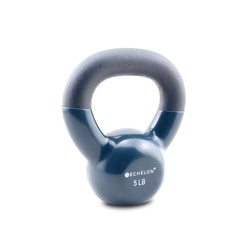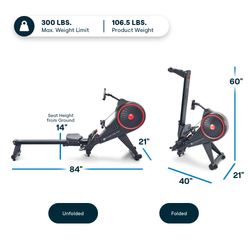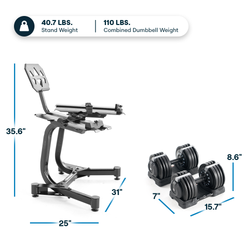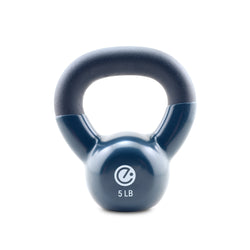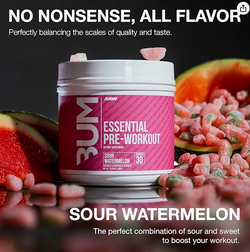Rate of Perceived Exertion and Indoor Cycling Part 1

Out of the saddle, pedaling fast, sweat is flying, all while holding a respectable spot on the Echelon leaderboard. The instructor announces “Last song,” but you aren't particularly winded. You may have visited the moderate intensity zone.
A groundbreaking 1993 study by Murial Gilman of Arizona State University’s Exercise and Sports Science Institute revealed 45.8% of runners ran at low intensity, 45.7% in moderate intensity. High-intensity interval training (HIIT) was not on most athlete’s radars in the early 90s. Doing something was deemed better than doing nothing.
High-intensity exercise is achieved when working over 80% of your max heart rate. Moderate intensity occurs at 60 to 80% of your max heart rate. “Sweat is not a metric". It’s a maxim most cyclists eventually learn.

Strapping on your Echelon heart rate monitor and utilizing heart rate zones is one way to gauge effort [see recent blog post]. But sometimes, you just wanna feel it! But how hard is hard?
Introducing Rate of Perceived Exertion
Rate of Perceived Exertion (RPE), developed by Swedish scientist Robert Borg, is a scale which defines intensity during physical activity. The typical range is from one (easy) to ten (breathless), with associated levels in between. Borg’s initial model ranged from one to twenty. Hence the modified Borg scale below.

Source: Lifestyle Fitness Management
Some Echelon instructors employ RPE to convey expected effort. A sprint or climb will be in the seven to nine range of RPE. Where recovery or a flat road should be at a five or lower.
Managing Effort
So I should just ride as hard as I can every time, right? Not really. Beyond being physically impossible (see the moderate intensity zone discussion), it’s important to train in all zones.
The way your body burns calories, the muscles recruited to manage resistance and your heart’s ability to provide oxygen to the body all change as heart rate increases. Pedaling at one intensity doesn’t allow for that.
The ability to self-manage your intensity as you pedal is the mark of a mature cyclist. According to the American Council on Exercise, “[many riders] don’t see the advantage of adopting any other pace. For example, high-level athletes seeking peak performance don’t go all-out, all the time.”
Sprints quickly ascend through the RPE scale and should necessitate recovery. Sprinting indoors tends to ignore the notion of breath control, a cardinal sin for cyclists. While a satisfying visual experience, sprints require multiple iterations to impact the body.
Simply being out of breath is not a tangible metric, which is why it’s important to train at varying intensities. Be willing to suffer willingly across the RPE scale. There’s no such thing as going hard for the whole ride! Be willing to say goodbye to the moderate intensity zone.
Look out for part two of our discussion on RPE.
